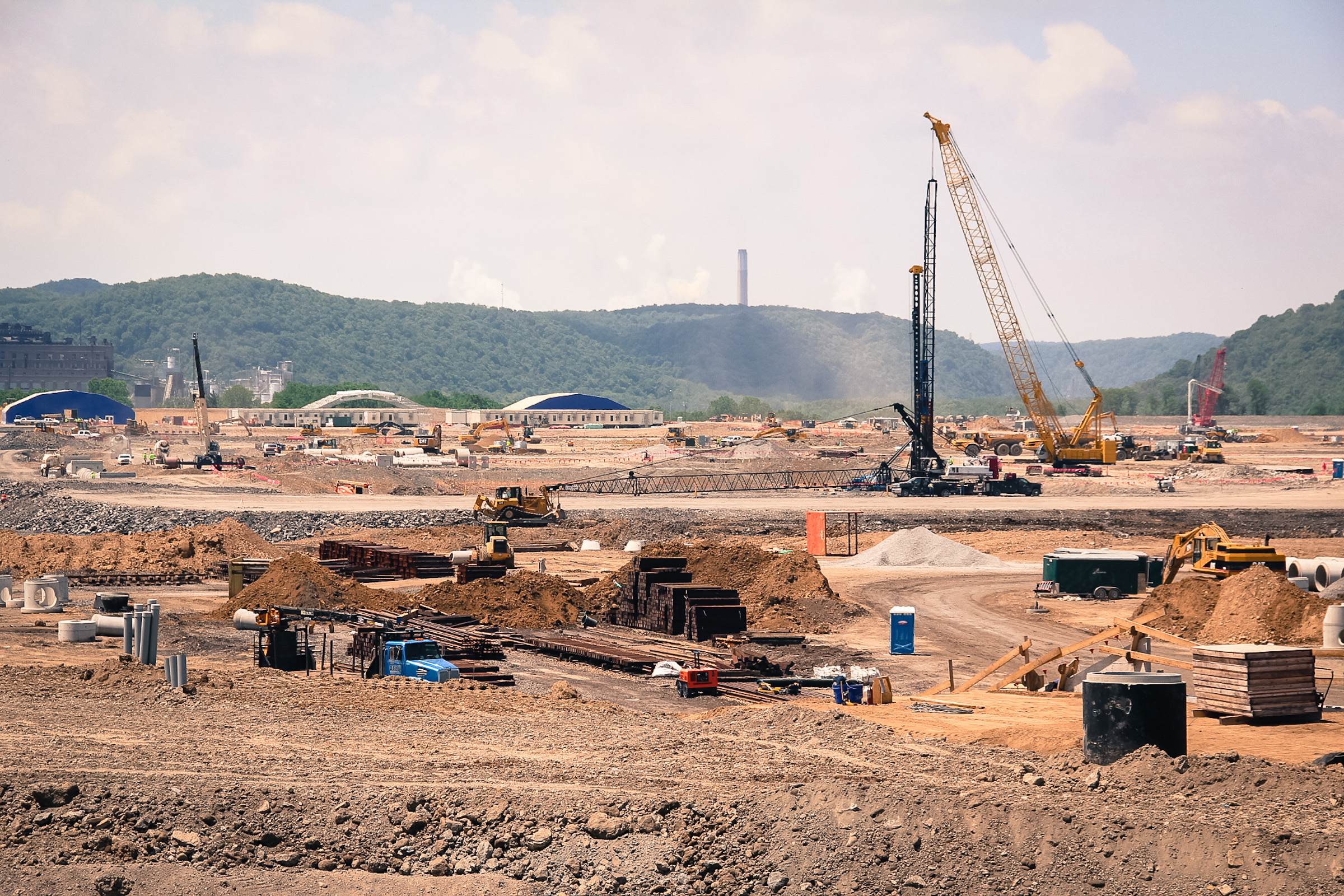So What Exactly Is An Ethane Cracker?
When Shell announced earlier this year it would be building an ethane cracker facility in Beaver County, it no doubt left many people wondering—what the heck is an ethane cracker?
Though an ethane cracker is a pretty high-tech facility, the basic concept is fairly simple: It takes ethane—a petrochemical that is one of the main components of natural gas—and turns it into the building blocks of plastics. There happens to be a lot of ethane mixed in with the natural gas deposits of Pennsylvania’s Marcellus Shale, which is why Shell wants to build the cracker here in the first place.
The facility will heat the ethane to very high temperatures—we’re talking 1,500 degrees. And at that temperature, an ethane molecule actually starts to break apart.
“You can almost imagine it like when you have two kids, and when they hold arms and swing each other around—if they get too crazy and too wild, at some point they just can’t hold onto each other and they fly apart,” says Getz Veser, a chemist at the University of Pittsburgh.
And the result of this reaction is a whole new molecule called ethylene. Ethylene reacts very easily with other chemicals, so it can be strung together in long chains—kind of like Legos that snap together. We call this type of material polyethylene, and it’s used to make everything from plastic bags to PVC pipe.
Reporting by Julie Grant and Reid Frazier
Shell’s Ethane Cracker Promises Big Boosts in Jobs—and Pollution
Shell’s facility is expected to give the economy in Beaver County a big lift, creating 6,000 construction jobs and 600 permanent ones once it’s built. But many are concerned it will also be a major new source of pollution in the region.
In particular, the facility will be a large new source for volatile organic compounds, or VOCs. These chemicals are crucial ingredients in the formation of ozone, which can exacerbate asthma and other breathing conditions. And Jim Fabisiak, an environmental health scientist at the University of Pittsburgh, says the new facility would likely reverse Beaver County’s recent downward trend in VOC pollution.
“Adding the cracker [at] this point in time brings greater [levels] than what we’ve seen in 1999,” Fabisiak says.
But the Pennsylvania Department of Environmental Protection’s Mark Gorog says Shell’s modeling shows the plant doesn’t pose a public health risk. Because Pittsburgh’s air already fails to meet federal air quality standards, Gorog says the company will have to install the most stringent pollution controls available.
Still, Gorog admits it won’t be easy for Pittsburgh to meet federal air standards in the future—especially with the EPA’s stricter new rules for ozone, which were enacted last year.
Reporting by Reid Frazier

